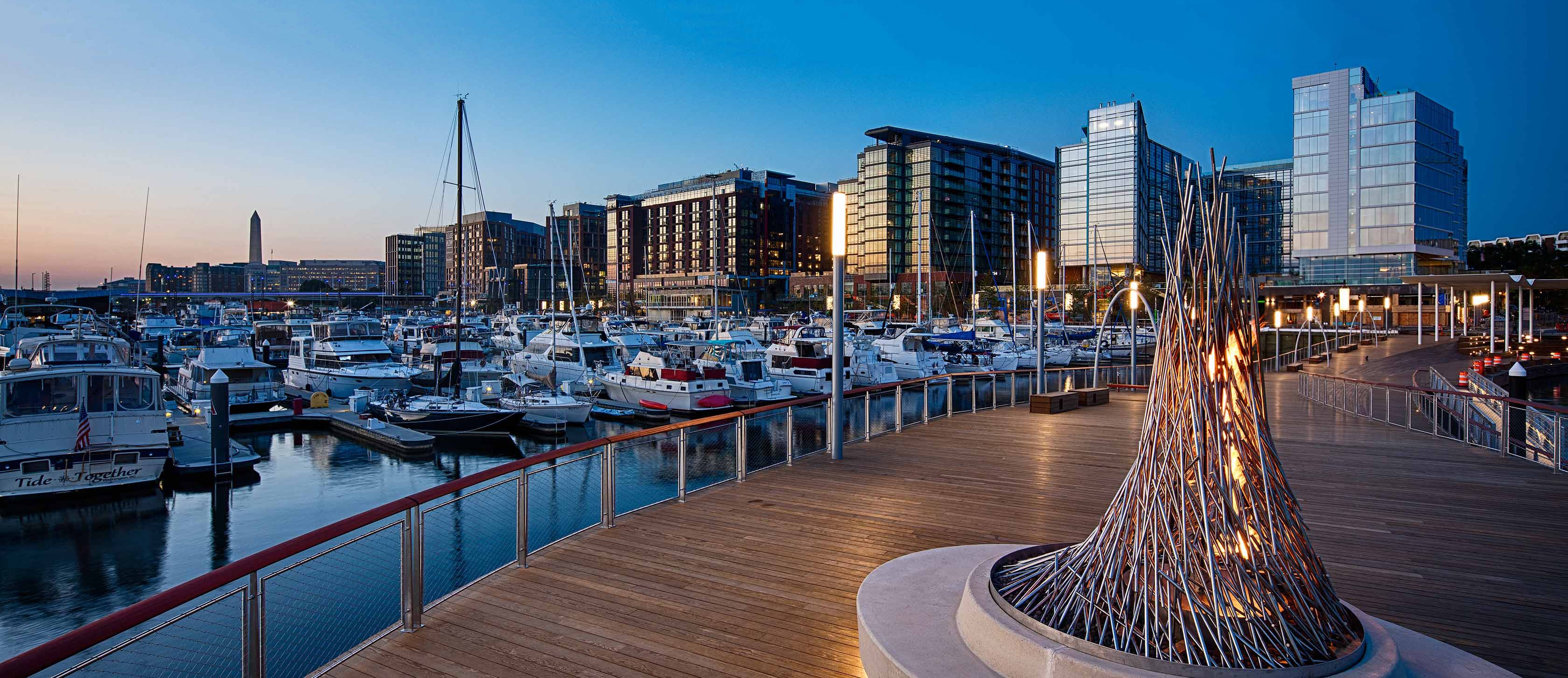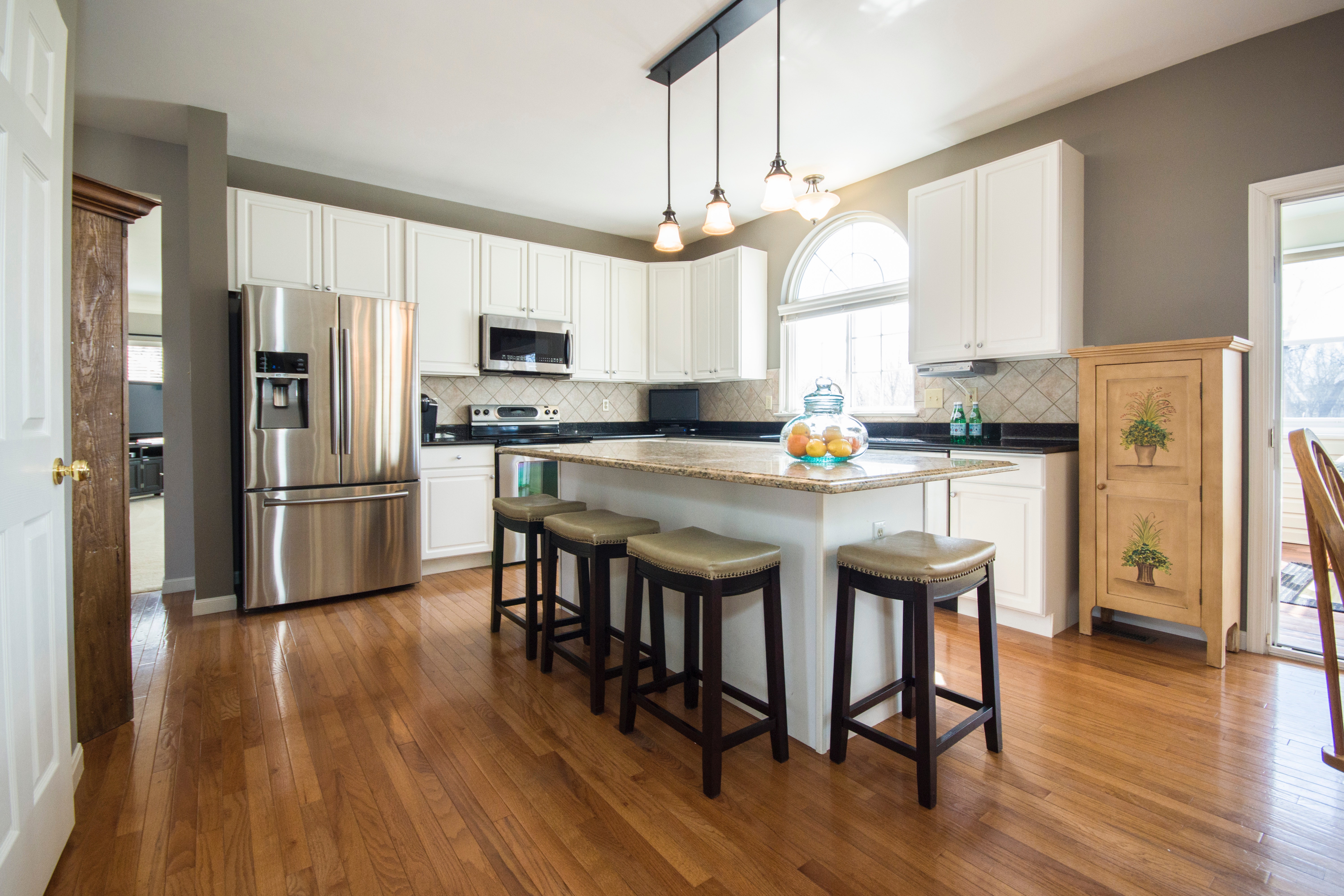 D.C. is home to an array of beautiful, historic homes that pay homage to its rich culture. With
D.C. is home to an array of beautiful, historic homes that pay homage to its rich culture. With
quirky features and historical significance, there are plenty of reasons to consider investing in
one. On one hand, it’s easy to fall in love with these homes and make them your own. They also
come with a rich history, potential tax benefits, and intricate details like ornate fireplaces and
antique fixtures. In addition, your neighbors won’t be allowed to significantly change the
appearance of their homes. As a result, there’s also a greater likelihood that your property value will remain high. On the other hand, they also come with their own set of rules, challenges, and benefits. Keep reading for more information.
Historic Neighborhoods
The National Registry of Historic Places is responsible for designating homes as “historic”
instead of just “old.” This process is influenced by the home’s age, architectural style, and
overall significance. According to Greater Greater Washington, “nearly one in five properties in
D.C. are protected by local historic designation laws.” This means that the likelihood of
purchasing a historic home is higher than most other buyers in the country. There are also close
to 30 local neighborhoods that are considered historic, including Capital Hill, Foggy Bottom,
Georgetown, Logan Hill, U Street, and more.
Types of Historic Homes
D.C. is best known for its historic, Victorian style homes. These residences were heavily
influenced by the Renaissance and Gothic revival movements. To identify Victorian homes, start
looking for bay windows, porches, dormers, roof gables, and pointed roofs decorated with
wooden trim. Inside the house, look for elaborate decorations like fancy trim, fireplaces with
wide mantelpieces, cast iron baths, and intricate wallpaper instead of paint. Federal-style homes
are also prominent in the area. This style is characterized by simple freestanding homes with
design elements from the Greek Revival movement. These homes tend to have symmetrical
windows and doors. They are also usually built with more than one story.
Red Flags
Red flags are issues that may come up in a home inspection. Before you do close the deal,
keep an eye on prior renovations like the HVAC system, hot water heater, foundational issues,
poor insulation, old wiring, and weird smells. These issues are some of the costliest for buyers
of historical homes. In isolation these problems may not be deal-breakers, but in the aggregate,
they can cost a pretty penny.
Fixer Upper Tips
Some of these houses are hundreds of years old, so it’s probably not the right time for DIY.
Instead, pick a contractor and inspector who specialize in historical homes. When you’re ready
to start working, focus on practical renovations like leaky roofs and outdated windows. Some of
these houses may also have areas with damaged wood or unusable insulation. As such, it may
be wise to consider the cost of material removal. Last, but not least, take care when replacing
the HVAC system. Newer heating and cooling systems are bulky and can damage the home’s
historical charm. As an alternative, try to find a split system with smaller components.
Vincent Nezzer
Vincent Nezzer is a writer from the beautiful state of New Mexico. Today, he writes freelance blogs for a variety of online publications. His professional interests include travel, education, and personal branding.






